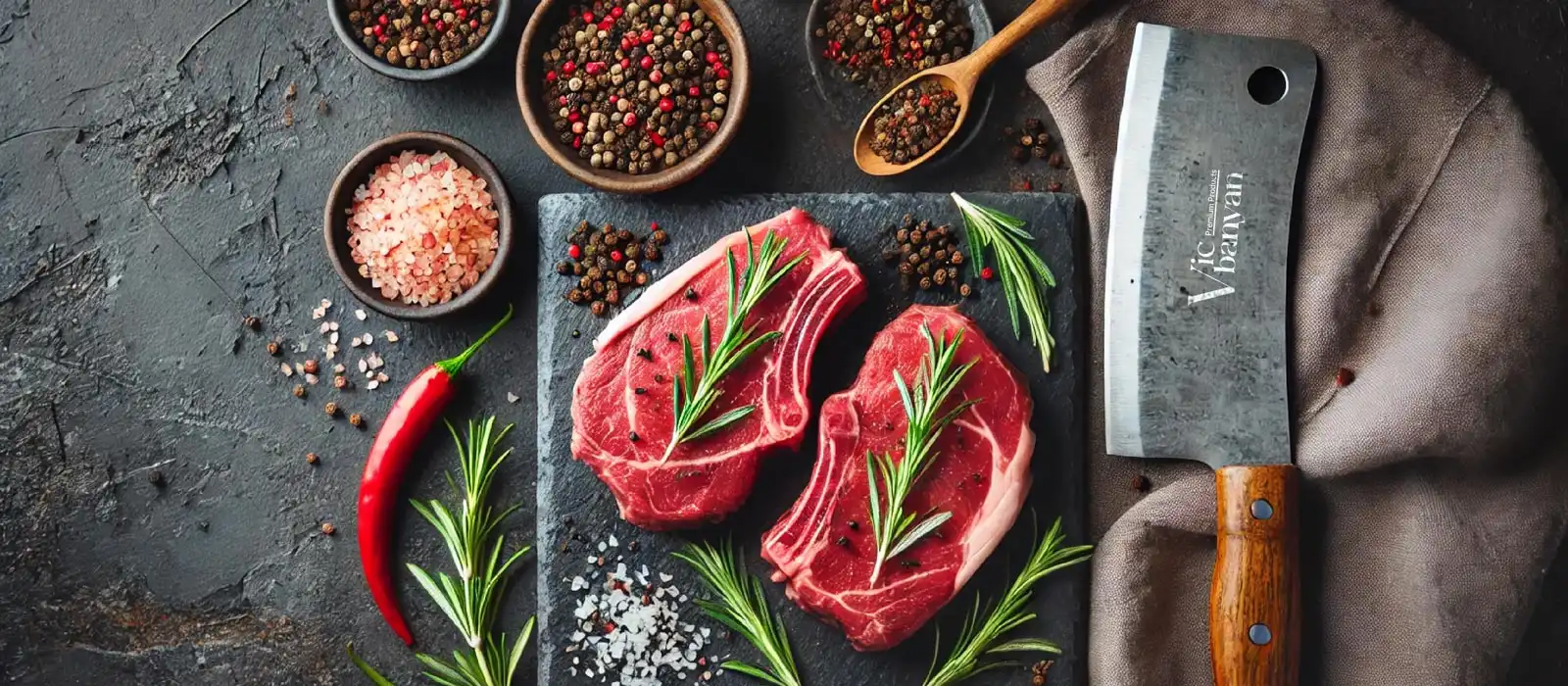Introduction
Offals, often referred to as the edible internal organs and entrails of animals, have been a part of traditional diets around the world for centuries. However, their consumption has seen a resurgence in modern cuisine, driven by a renewed interest in nose-to-tail eating and sustainable food practices. Understanding the nutritional value of offals is crucial as they are packed with essential vitamins, minerals, and proteins that are beneficial for overall health. This article delves into the nutritional benefits of offals and their integration into contemporary dishes, aiming to shed light on why these often-overlooked parts of animals deserve a place on our plates.
Historical Context of Offals
Offals have a rich history, deeply rooted in various cultural culinary practices. In many traditional societies, no part of the animal was wasted. For example, in European cuisine, dishes like haggis in Scotland and foie gras in France showcase the historical importance of offals. Similarly, in Asia, organs such as liver, kidneys, and intestines are staple ingredients in numerous beloved dishes. Despite their historical significance, the perception of offals has fluctuated over time, often viewed as inferior cuts compared to muscle meat. However, recent trends in food sustainability and nose-to-tail eating are revitalizing their role in modern cuisine, celebrating their unique flavors and nutritional richness.
Types of Offals and Their Nutritional Benefits
Liver
The liver is perhaps the most well-known and nutrient-dense organ meat. It is incredibly rich in essential nutrients, including vitamin A, vitamin B12, iron, and folate. Consuming liver can help boost energy levels, improve immune function, and support healthy skin and vision. A 100-gram serving of beef liver, for instance, provides more than 100% of the daily recommended intake of vitamin A and vitamin B12, making it a powerhouse of nutrition.
Kidney
Kidneys, commonly used in traditional dishes like steak and kidney pie, are another valuable source of nutrients. They are high in protein, essential fatty acids, and several vitamins, including vitamin B2 (riboflavin) and vitamin B12. Eating kidneys can support metabolic health, enhance red blood cell production, and contribute to overall vitality.
Heart
The heart, often overlooked, is a lean muscle rich in iron, zinc, selenium, and various B vitamins, particularly B12. It is also a great source of coenzyme Q10 (CoQ10), which is vital for energy production and cardiovascular health. Including heart in your diet can help maintain muscle mass, boost energy, and support heart health.
Other Common Offals
Other offals such as tongue, tripe, and brains also offer unique nutritional benefits. Tongue is particularly high in protein and fat, providing a good energy source, while tripe is low in calories but high in essential nutrients like calcium, magnesium, and vitamin B12. Brains, though less commonly consumed, are rich in omega-3 fatty acids and nutrients that support brain health.
Offals in Modern Cuisine
The integration of offals into modern cuisine is not only a nod to traditional practices but also a step towards more sustainable eating habits. Chefs around the world are creatively incorporating offals into gourmet dishes, making them more appealing to contemporary palates. For example, liver pâté, grilled heart skewers, and tripe soup are becoming popular in upscale restaurants. This culinary trend highlights the versatility of offals and their potential to enhance the flavor and nutritional profile of dishes. Renowned chefs and food influencers are also advocating for the use of offals, emphasizing their importance in reducing food waste and promoting a more holistic approach to eating animals.
Health Considerations and Myths
Despite their nutritional benefits, offals are often surrounded by health concerns and misconceptions. One common myth is that offals are high in toxins because they are involved in the body’s detoxification processes. However, while organs like the liver do filter toxins, they do not store them. Proper cooking methods can ensure that offals are safe and healthy to eat. Additionally, concerns about cholesterol levels in offals can be addressed by consuming them in moderation and as part of a balanced diet. Scientific evidence supports the health benefits of offals, dispelling many of the myths and highlighting their role in a nutritious diet.
Environmental and Economic Impact
Consuming offals can have significant environmental and economic benefits. From an environmental perspective, using all parts of the animal reduces waste and promotes sustainable farming practices. This approach aligns with the principles of nose-to-tail eating, which advocate for the ethical and efficient use of animal products. Economically, offals are often more affordable than prime cuts of meat, making them an accessible source of high-quality nutrition for a broader population. By embracing offals, consumers can contribute to a more sustainable food system and reduce the overall environmental footprint of meat consumption.
How to Incorporate Offals into a Healthy Diet
For those new to offals, incorporating them into a diet can be a rewarding culinary adventure. Start with milder-tasting organs like liver or heart, which can be easily prepared in familiar dishes. For example, liver can be sautéed with onions or blended into pâté, while heart can be grilled or added to stews. It’s important to source offals from reputable suppliers to ensure quality and safety. Integrating offals into meal planning can enhance the nutritional diversity of your diet, providing a range of essential nutrients that support overall health.
Conclusion
Offals, once a staple in traditional diets, are making a comeback in modern cuisine due to their impressive nutritional profiles and sustainability benefits. By understanding the health advantages and culinary potential of offals, we can appreciate their value beyond conventional cuts of meat. Embracing offals not only promotes healthier eating habits but also supports environmental sustainability and economic accessibility. As we continue to explore and innovate in the culinary world, offals hold a promising place on our plates, offering a unique blend of nutrition, flavor, and ethical eating.


